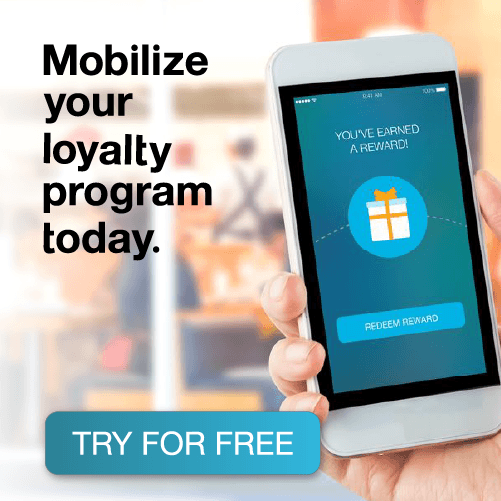Important Note: CherryPie is no longer supported.
PassKit released the all new PassKit Platform in early 2020. This platform incorporates decades of experience designing, developing and implementing world class mobile wallet solutions for some of the biggest international brands. And at the same time, working with small businesses all over the world to help them access the cool capabilities of Apple Wallet and Google Pay passes. We have combined these rich learnings, proven best practices and ever growing knowledge, to deliver you the very best mobile wallet management platform. A platform where you can extend your mobile reach by quickly integrating Apple Wallet and Google Pay Passes into your business. Into your processes. Into your systems. And most importantly into your customer experience.
PassKit now delivers dedicated modules to solve your specific business use cases. No longer do you need to waste time learning about ‘passes’ language. No longer do you need to study mobile wallet terminology. You now work with Mobile Wallet API’s designed around your business processes; your language. A language you are already familiar with. The latest platform currently covers:
TRY THE NEW PASSKIT PLATFORM FOR FREE – UNLIMITED TEST PASSES
————–
CherryPie is a simple yet powerful mobile marketing automation platform, meticulously designed and crafted for marketers and agencies. CherryPie enables businesses to propel customer engagement, drive physical world transactions/revenue, and stimulate sustainable loyalty by leveraging native mobile wallet applications and beacon technology.
CherryPie is now upon us, meaning that marketers now have access to an entirely new form of mobile marketing automation. Each week, I’ll walk you through a tutorial on how to get the most out of your experience with CherryPie. This week, I’ll cover creating customer segmentations within CherryPie.
1. Create a contact list
It’s important that you create a contact list in the CRM, even if it’s blank. This is so that when you launch your campaign and distribute passes, you are able to store customer data and see their history of actions in that contact list.
Go to CRM —> Create Contact List
I don’t have existing contacts
Enter a name for this contact list and save the contact list if you don’t have contacts to upload at this time.
I have existing contacts
Download the CSV template to use as a template for uploading your existing contacts. We’ve provided default headings for each column but feel free to also add your own. These variables can be used in distributing passes and email templates (i.e. personalizing the email by name).
Unique fields
Unique fields are used to identify whether there is a duplicate in your contact list. For example, if you specify ‘email’ as the unique field, CherryPie will check to see if they are already in the contact list. This will help identify if a contact on the landing page or in the CSV is the same as the contact in the list or not. If you don’t specify a unique field, CherryPie will not be able to check for duplicates.


2. Create customer segmentations
Use the headers in your CSV to create segmentations of customers. For example, male/female, silver/platinum, status July birthdays, etc. Having customer segmentations allow you to send targeted content to the relevant contacts.
Once you’ve created your contact list, click on ‘Segmentations’ to create different segments. You can add multiple rules and conditions for each segment.

Once you select a segmentation, choose Create Segmentation

Fill in rules and conditions according to the segment you are creating. In this case, I am creating a segment for gender. I named the segment “Male”, and then selected Gender equals M in the rules. The items you select within “Rules” should match the items under “Contacts” in the CRM tool.

3. Using your segments
Once you have created your segments, you will now want to put them to use. The next step is to visit the campaigns page and select the “Share” icon next to the campaign that your segment is under.

You will then select the contact list in which you want the segment to come from. Select your segmentation and then select the email template. Then click distribute.

Remember, the more segments you have the more you can personalize your messages and the more effective your campaigns will be. Adding segmentations to your campaigns is what sets mobile marketing apart from other marketing channels, so be sure to take advantage of it.
If you’re already using CherryPie and want access to the full user guide, download that here.
If you have any comments or questions let me know in the comments below!



